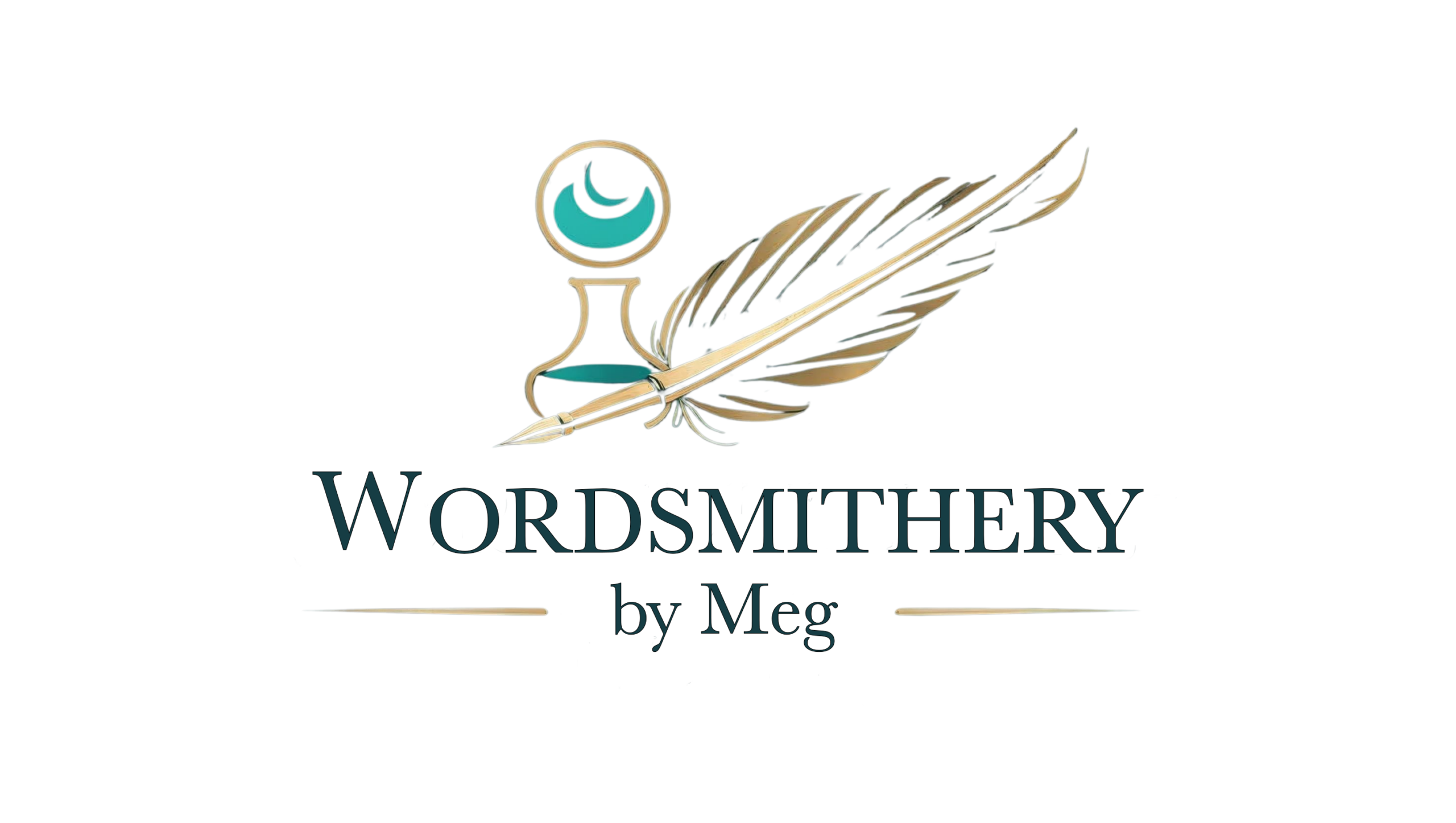COM 530 5-1
Definition of Libel: Libel is defined as a written statement that defames a person by damaging his or her reputation or standing. The words of the statement themselves may be libelous (referred to as libel per se), or the statement when taken in a certain context may also constitute libel (libel per quod). The statement must be untrue; however, it is important to note that there are degrees of truth and untruth, as truth comprises a number of elements. The Code of Ethics (Society of Professional Journalists, 2014) dispensed by the Society of Professional Journalists prescribes that in order to “seek truth and report it,” journalists must, among other things, “provide context,” “identify sources clearly,” “avoid…surreptitious methods of gather information,” “label advocacy and commentary,” and “never deliberately distort facts or context.” While there is some protection for the press from libel (the SPEECH ACT (Securing the Protection of our Enduring and Established Constitutional Heritage) is an example) (Moore et al., 2012), those who engage in libelous activity leave themselves open to lawsuits.
Libel when using Social Media: Social media platforms, such as Facebook and Twitter, are no stranger to the onslaught of and malice caused by libel. In an age when self-publication in the form of blogs and social media posts is rampant, and in which the creators of such content do not meticulously adhere to traditional journalism standards, the same creators leave themselves open to the tort law of defamation (Kelly & Zansberg, 2014), which includes libel law. The courts have both sided against and in favor of plaintiffs claiming libel, and thus publishing statements on social media platforms do not enjoy, in Kelly and Zansberg’s words, “an automatic ‘safe harbor’” from charges of libel or defamation.
Best Practices to Avoid Libel
- Be accurate and confirm facts provided. Commit to verifying using at least two separate, reliable sources whenever possible. This will greatly reduce the introduction of hearsay, opinion and plain untruth in your statements.
- Identify sources clearly, using properly formatted citations. Your audience can then look the information up themselves to assure themselves of the content’s reliability and your transparency.
- Label commentary. If a statement is your own opinion, state so clearly and ask yourself if your audience would reasonably consider your statement an opinion. Not to identify commentary and opinion leaves you open to your audience’s assumption that you are stating fact, which can constitute libel or, at the least, damage your credibility. While there is some legal protection for opinion (Moore et al., 2012), loss of credibility with your target audience will damage your ability to effectively communicate with them.
- Do not distort facts or context, including graphics and images. With the technology available today, it is easier than ever to distort or otherwise alter images; after the number of cases in the media whereupon prominently published images were found to be distorted to add credence to the story to which it was attached, or to gain more sympathy from the audience (Ricchiardi, 2007), the public is now aware and extremely critical of the practice of the excessive altering of images.
- Avoid bias by using different perspectives and points of view: even if you do not publish each perspective, use them to test your own work for possible bias. Consider such potential sources of bias as gender, sexual orientation, racial and ethnic identity, disability, and age (American Psychological Association, 2010). There is a prevailing sentiment that journalists are most often middle- to upper-class Caucasian males (Patterson & Wilkins, 2014), which renders statements and articles suspect should they carry even a whiff of bias. Remember: social media comprise platforms that are largely anonymous and unmediated, and any member of your audience may assume bias and libel.
References
American Psychological Association. (2010). Publication Manual of the American Psychological Association (6th Edition ed.). Washington, DC, United States: American Psychological Association.
Kelley, M. E., & Zansberg, S. D. (2014). 140 Characters of Defamation: the Developing Law of Social Media LIibel. (cover story). Journal Of Internet Law, 18(1), 1-15.
Moore, Roy L.; Murray, Michael D.; Farrell, Michael; Youm, Kyu Ho. (2012) Media Law and Ethics (Routledge Communication Series) (p. 248). Taylor and Francis. Kindle Edition.
Patterson, Philip; Wilkins, Lee. Media Ethics: Issues and Cases (Page 25). McGraw-Hill Education. Kindle Edition.
Ricchiardi, S. (2007). Distorted picture: thanks to Photoshop, it’s awfully easy to manipulate photographs, as a number of recent scandals make painfully clear. Misuse of the technology poses a serious threat to photojournalism’s credibility. American Journalism Review, (4), 36.
Society of Professional Journalists. (2014, September 6). Code of Ethics. Retrieved from Society of Professional Journalists: http://www.spj.org/ethicscode.asp
Zansberg, M. E. (2014, July 1). The Developing Law of Social Media Libel. Journal of Internet Law, 10.
